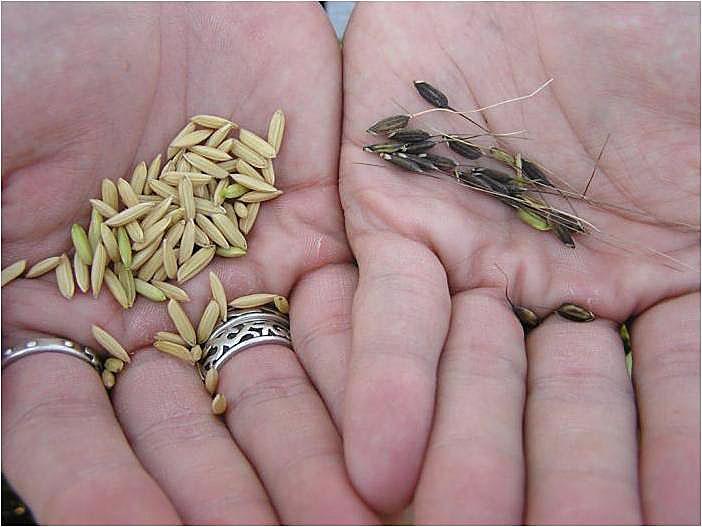
Scientists in the U.S. and elsewhere are conducting intensive experiments to cross hardy weeds with food crops such as rice and wheat. Their goal is to make these staples more resilient as higher temperatures, drought, and elevated CO2 levels pose new threats to the world’s food supply.
Weeds that resemble knee-high grass grow in planter pots in a small room at a U.S. Department of Agriculture lab just outside Washington, D.C. Light, heat, and carbon dioxide reach the plants at steady levels. For more than a month, the weeds have sustained the same conditions expected to be earth’s norm 35 years from now — carbon dioxide levels equivalent to an urban traffic jam, and temperatures tipping into the dangerous zone for the planet’s health.
But rather than choking from such treatment, the weeds — a wild plant called red rice — are thriving. The test lab mimics conditions expected around the world by 2050, when an additional 2.6 billion people will be wondering what’s for dinner.
Lewis Ziska, a plant physiologist with the USDA’s Agricultural Research Service, studies, among other things, weeds in food production and human health. Weeds beguile Ziska. Weeds may be the largest single limitation to global crop yield. But they also have traits that are useful to plant growth. Red rice, for instance, can adapt to more carbon dioxide and heat by producing more stems and grain — red rice has 80 to 90 percent more seed than cultivated rice.